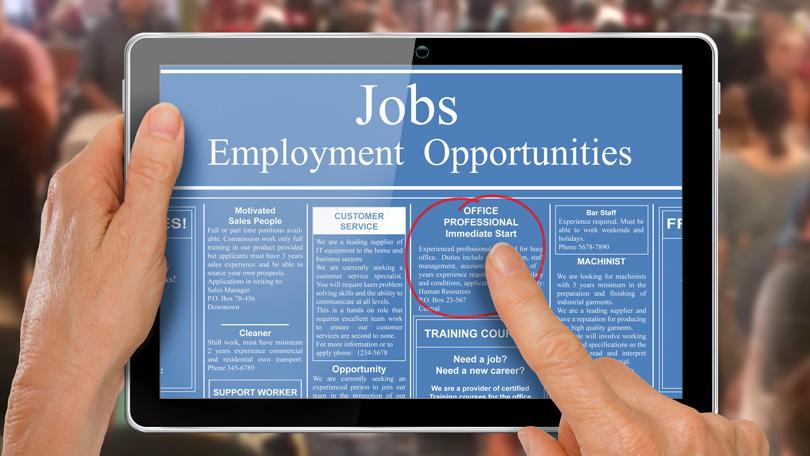Why is a talent recruiting strategy important? No matter the challenges of the economy and the market, hiring managers need to attract top talent to move their business goals forward. Without good people at every level, the company will miss out on its top potential. This isn’t something that can happen overnight, it takes a unified long-term plan.
Company Website
Start with the company website. This is the first place most candidates will go to learn about a company. If there is no Careers page, create one. It should be a user-friendly invitation to learn about the company as a whole – not just be a list of job openings. The Careers page should tell a story about all the great reasons to work for the company.
Paint a picture of what the company offers as a total experience: the company history, office culture, value of products, employee testimonials, and the geographical setting. Demonstrate why the company is good to work for through social media, photos, company news, industry awards, company events, and employee testimonials. Talk about what the company offers, not just the openings.
Job Ads
Analyze job openings advertised by the company. Is the focus on requirements or on selling the highlights of the job to top candidates? In a candidate-driven market, top talent is likely to pass over job postings full of must-haves and buzzwords. Instead, write job descriptions to highlight challenges, experiences, authority, and advancement opportunities. Attract and sell first, screen second.
Consider passive candidates who are working for the competition right now. What do they want to hear? What opportunities can the company offer them that they are missing out on right now?

When posting an ad, have a current employee apply for the job through the site and report back if they had any difficulties. Some online forms are long and difficult. Candidates do not want to go through pages and pages of manual data entry when everything is already listed on the resume. Streamline the process as much as possible.
Internal Referral Programs
An internal referral program is a low-expense and high-reward talent recruiting source. Internal referrals have the highest percentage of successful hires of any sourcing method.
Firstly, offer an incentive bonus to employees when they refer a candidate. Make sure that the employees know the program exists, and remind them of it often. It shows employees that their contribution is appreciated.
Second, thank employees publicly for referrals. Take time to seriously review referred resumes and follow up with the employee who referred them. While an incentive is important, most employees make referrals because they think someone is genuinely a good fit for the company.
Lastly, keep in touch with exceptional employees who have left the company. They are often a trustworthy source of referrals.
Third-Party Recruiters
Recruiters are an effective way to source high-quality candidates, but they need information from the hiring manager in order to succeed. Take time for an in-depth consultation call so they completely understand the requirement. Make sure that they know the top selling points of the job and have a compelling story to present to candidates.
 Trying to find a good recruiter on a deadline during a crisis is not a good idea. Build a relationship with a recruiter ahead of time. A good recruiter will always be open to potential future job openings, and they will have the benefit of extra time to get to know the company before a job opening comes along. Choose a recruiter who knows the industry well and who has a strong pipeline of candidates that could fill the company’s tough positions.
Trying to find a good recruiter on a deadline during a crisis is not a good idea. Build a relationship with a recruiter ahead of time. A good recruiter will always be open to potential future job openings, and they will have the benefit of extra time to get to know the company before a job opening comes along. Choose a recruiter who knows the industry well and who has a strong pipeline of candidates that could fill the company’s tough positions.
Track the effectiveness of all talent recruiting channels. Measure the number of hires, the cost per hire, the tenure of the employees hired, and if possible, a cost and revenue analysis. This puts the company in a better place to set appropriate budgets and prioritize methods that work.
Need to get your candidate recruiting strategy on track? Contact us at info@bluesignal.com.
